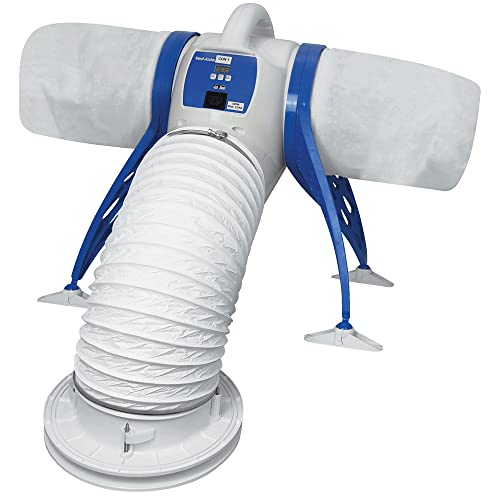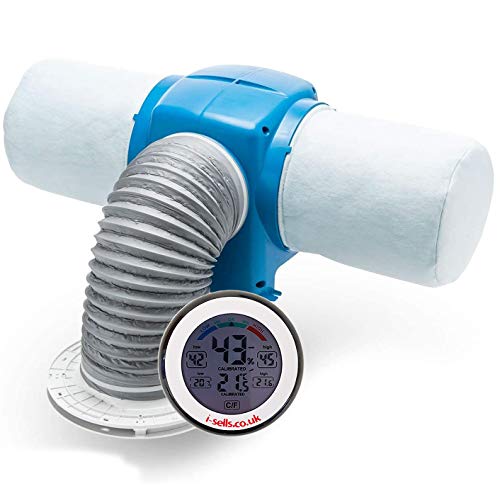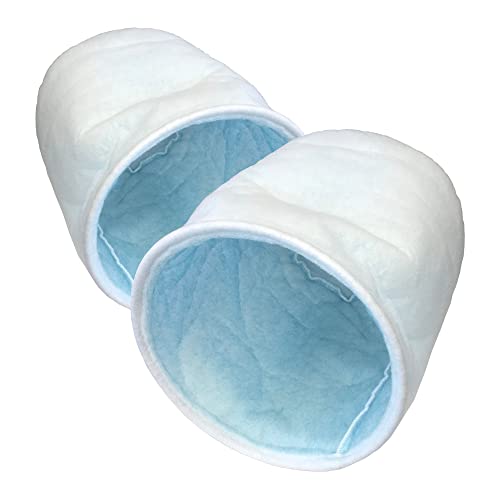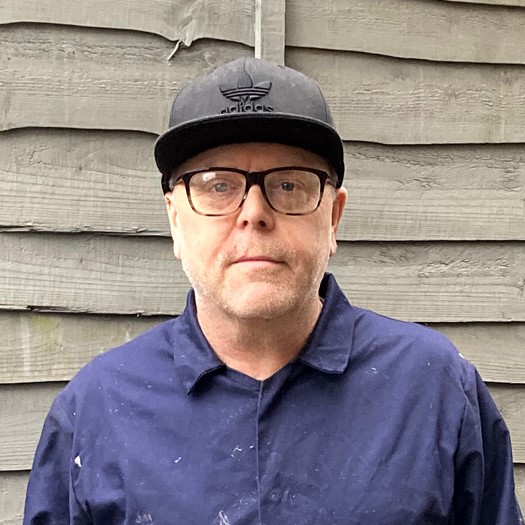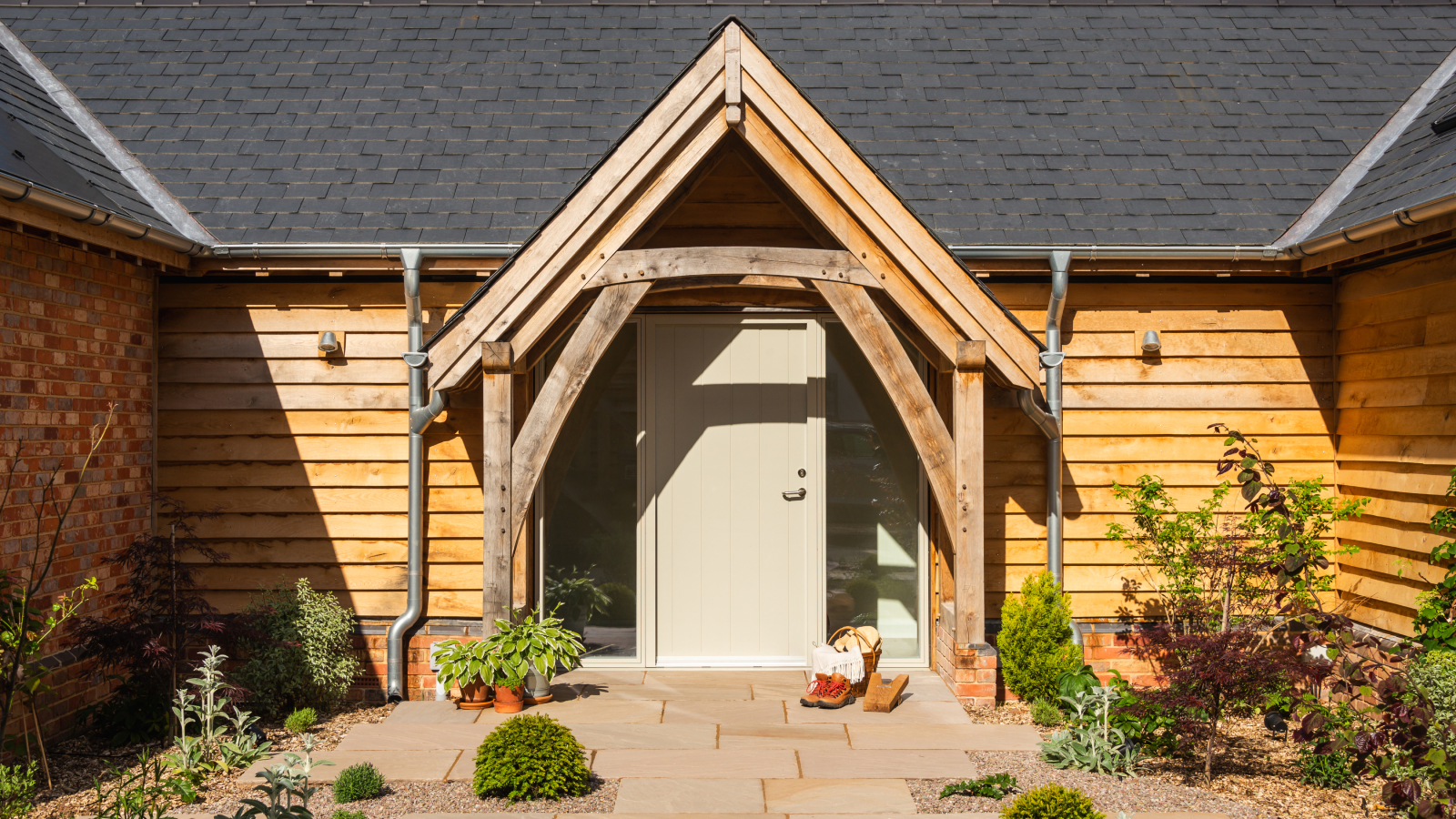Is a PIV unit causing damp in your home? An expert reveals when and why it can happen
Positive Input Ventilation unit causing damp in your home? Get expert advice on what you can do to stop it from happening
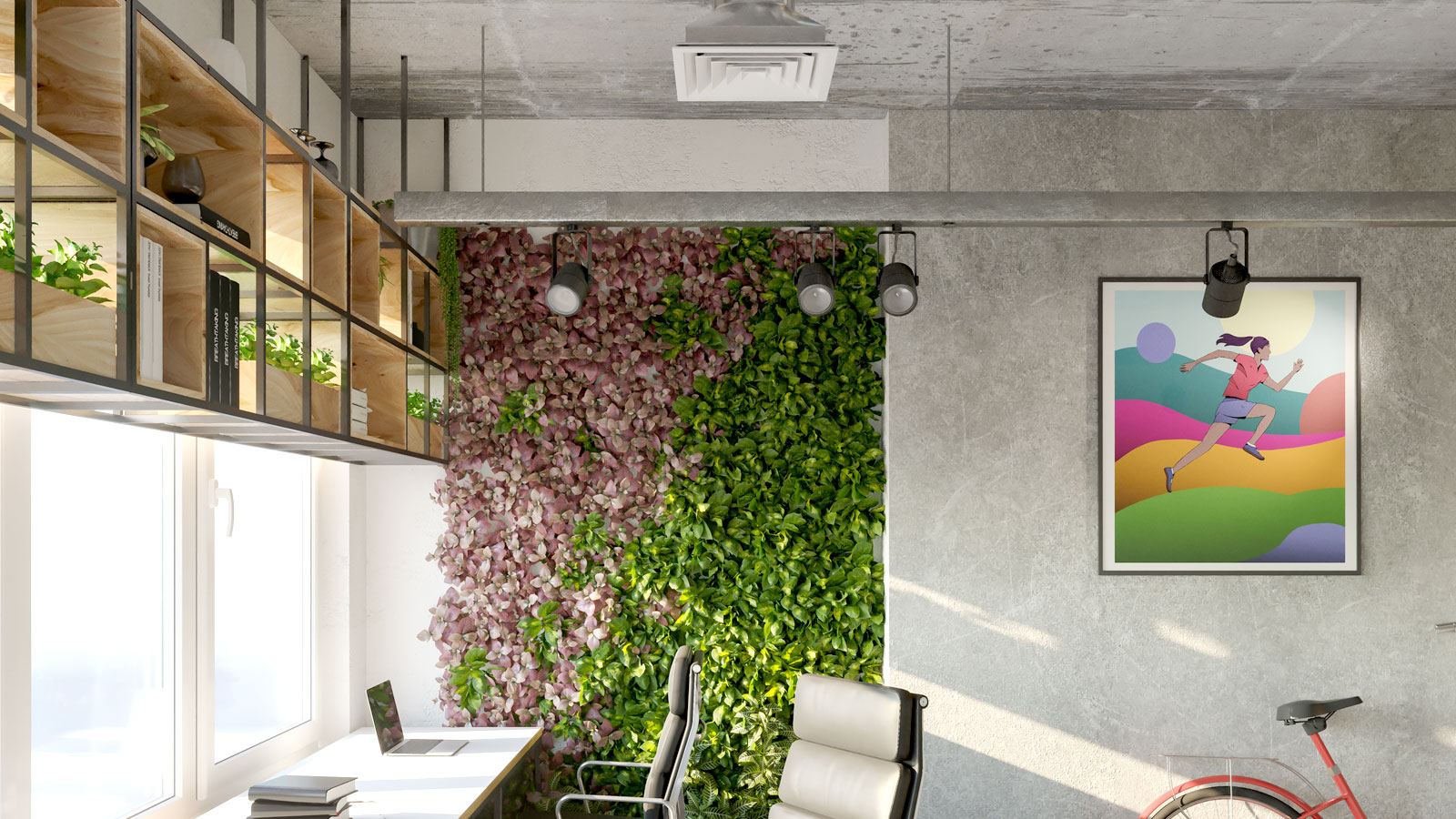
A PIV unit causing dampness in your home can be puzzling. The main purpose of Positive Input Ventilation is to expel stale air from a home and eliminate moisture that can lead to mould and dampness. So what’s going wrong?
Positive Input Ventilation systems must be installed correctly to function effectively, so the issue may lie here. However, a poorly installed PIV system isn’t the only reason moisture lingers in the air. Here you’ll find expert insight into common causes and how you can deal with the issue.

Matthew Jenkins has worked as a self-employed tradesman in the domestic heating industry for over fifteen years. He is a gas safe engineer specialising in heating and plumbing. He also works closely with MyJobQuote to provide expert knowledge to homeowners and tradespeople.
Why is a PIV unit causing damp?
A Positive Inlet Ventilation system should eliminate damp rather than cause it, as Jenkins points out, “As long as a PIV unit is correctly installed, it should reduce damp rather than cause it.”
But all PIV unit types can cause damp, as Jenkins reveals, “There are a few ways in which PIV units can inadvertently cause damp.” He continues, “PIV systems work by gently filtering fresh air down through the house from the loft. The movement of the fresh air forces stale, moist air out towards the exterior walls. Ideally, this air is pushed out through a window or vent. But, if there’s nowhere for it to go, the stale air and any moisture it holds can end up trapped next to the exterior walls and windows.”
This is where damp problems can begin, Jenkins continues, “These are typically cold surfaces and the moisture is likely to condense, causing damp patches.” But, this isn’t the only issue. “The other thing that can happen with PIV systems is that the stale, moist air can work its way out through cracks and holes in the walls instead of out through windows and vents.” If the walls are insulated, Jenkins says, “The moisture can become trapped inside the fabric of the walls, promoting mould growth and other damp issues.”
Try these PIV units and accessories to ventilate your home
Ways to stop a PIV causing damp?
If your Positive Input Ventilation system is contributing to damp in the home, it needs to be fixed as soon as possible, shares Jenkins, “To stop a PIV unit from causing damp, it’s important to make sure that air can circulate properly throughout the house, and that stale air and moisture can escape through windows or vents, so it doesn’t get trapped inside rooms or walls.”
Older homes aren’t as typically as well-insulated as newer homes, so it's less of a problem, as Jenkins explains, “In older homes, it’s fine for the air to move out through gaps and cracks in walls. But in newer, better-insulated homes, you want to avoid this, as it can cause damp issues.”
To deal with the problem, Jenkins says, “It may be necessary to carry out maintenance to seal up gaps, holes and cracks.” He adds, “Of course, the air still needs a way out, so you may also need to install trickle vents on windows or air vents in the walls.”
This should solve the issue, but you may need to do more to ensure the damp doesn’t stay. Jenkins says, “To make sure that moist air ends up outside, rather than circulating back into the loft or into other internal spaces where it could cause condensation and mould, you may also need to seal gaps around loft hatches, cupboard doors, and so on.”
If your PIV system is causing damp, Jenkins suggests that you have your home assessed. “It’s crucial to get your home assessed to make sure it’s suitable for a PIV system and to get the unit professionally installed.” He adds, “In more modern, well-insulated homes, an MVHR system may be more effective.”
Will PIV stop loft condensation?
If your home suffers from condensation in the loft, you will need good loft ventilation to help prevent it. If not, a PIV unit won’t help, as Jenkins explains, “A PIV unit typically draws in fresh air through the loft. So if it isn’t well ventilated, it’s likely you’ll need vents installed in the eaves or roof.” He adds, “This increased ventilation and the steady movement of air through the loft space should help to stop condensation.”
Do PIV units work if windows and doors are closed?
For Positive Input Ventilation to work effectively, air needs to be able to move freely throughout a home. Open or closed windows and doors shouldn’t affect its impact, but there are details that need to be followed, as Jenkins points out, “Windows and doors don’t necessarily need to be open for a PIV unit to work properly, but air does need to be able to move freely.”
To ensure that this happens, Jenkins says, “You may need to make sure that internal doors have a small gap at the bottom, and the windows have trickle vents.” He adds, “If the air can’t move from the centre of the home to the outside, you won’t see any benefit from your PIV unit and there’s a danger that you’ll trap moisture inside.”
FAQS
Is a PIV unit better than a dehumidifier?
PIV units and dehumidifiers have a similar mission - to reduce moisture in the air and stop condensation from forming. But they work in different ways, as Jenkins explains, “PIV units are good at reducing moisture throughout the whole home, while the best dehumidifiers are good for tackling high moisture levels in individual rooms.”
This makes them more cost-effective as they constantly run in the background with little maintenance, as Jenkins points out, “There’s very little you need to do after installation.” He adds, “A PIV unit improves ventilation, bringing in fresh air and filtering it. So, it boosts your home’s overall air quality rather than simply reducing moisture levels.”
However, dehumidifiers do have their advantages as Jenkins continues, “A dehumidifier only needs plugging in and switching on, whereas fitting a PIV unit is a bit more complex as it needs wiring and ducting. He adds, “Dehumidifiers don’t need a loft space either, although it is possible to purchase a wall-mounted PIV unit that can be fitted in a cupboard.”
Does PIV make your house cold?
Positive Input Ventilation pushes air through a home, so a PIV unit can make your house cold. But if your home is well-insulated, you should have very little effect on the temperature in your home.
However, if you do notice a difference, Jenkins says, “To avoid pushing cold air through your home in winter, it may be worth installing a PIV unit with an integrated heater. This will gently warm the air before it’s circulated around the house.”
Can you turn off a PIV unit?
Technically, you can turn off a PIV unit, but it negates the primary purpose of Positive Input Ventilation, as Jenkins shares, “PIV units are designed to be left constantly running and switching a unit on and off will reduce its effectiveness.”
A better option is to invest in a specific type of PIV unit, as Jenkins continues, “Some advanced PIV units work with sensors, enabling them to adjust automatically to the conditions inside the house, ensuring they run effectively and efficiently all year round.”
Positive Input Ventilation is part of a home ventilation system designed to prevent condensation, mould, and damp from forming. Natural ventilation serves as a cost-effective option to help with any issues, including those in the kitchen. For additional assistance in the kitchen, consider installing or replacing an extractor fan.
Get the Homebuilding & Renovating Newsletter
Bring your dream home to life with expert advice, how to guides and design inspiration. Sign up for our newsletter and get two free tickets to a Homebuilding & Renovating Show near you.
Steve Jenkins is a freelance content creator with over two decades of experience working in digital and print and was previously the DIY content editor for Homebuilding & Renovating.
He is a keen DIYer with over 20 years of experience in transforming and renovating the many homes he has lived in. He specialises in painting and decorating, but has a wide range of skills gleaned from working in the building trade for around 10 years and spending time at night school learning how to plaster and plumb.
He has fitted kitchens, tiled bathrooms and kitchens, laid many floors, built partition walls, plastered walls, plumbed in bathrooms, worked on loft conversions and much more. And when he's not sure how to tackle a DIY project he has a wide network of friends – including plumbers, gas engineers, tilers, carpenters, painters and decorators, electricians and builders – in the trade to call upon.
